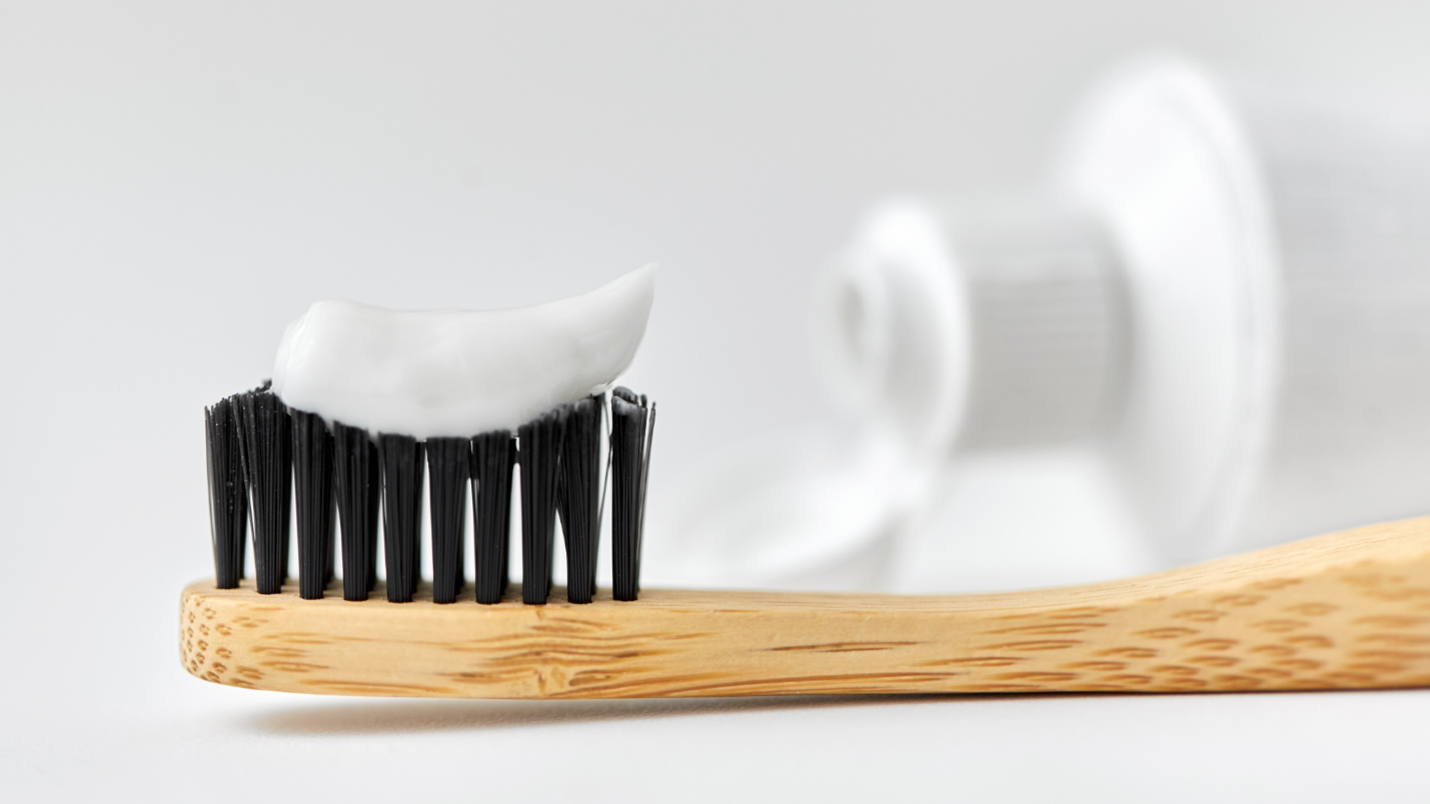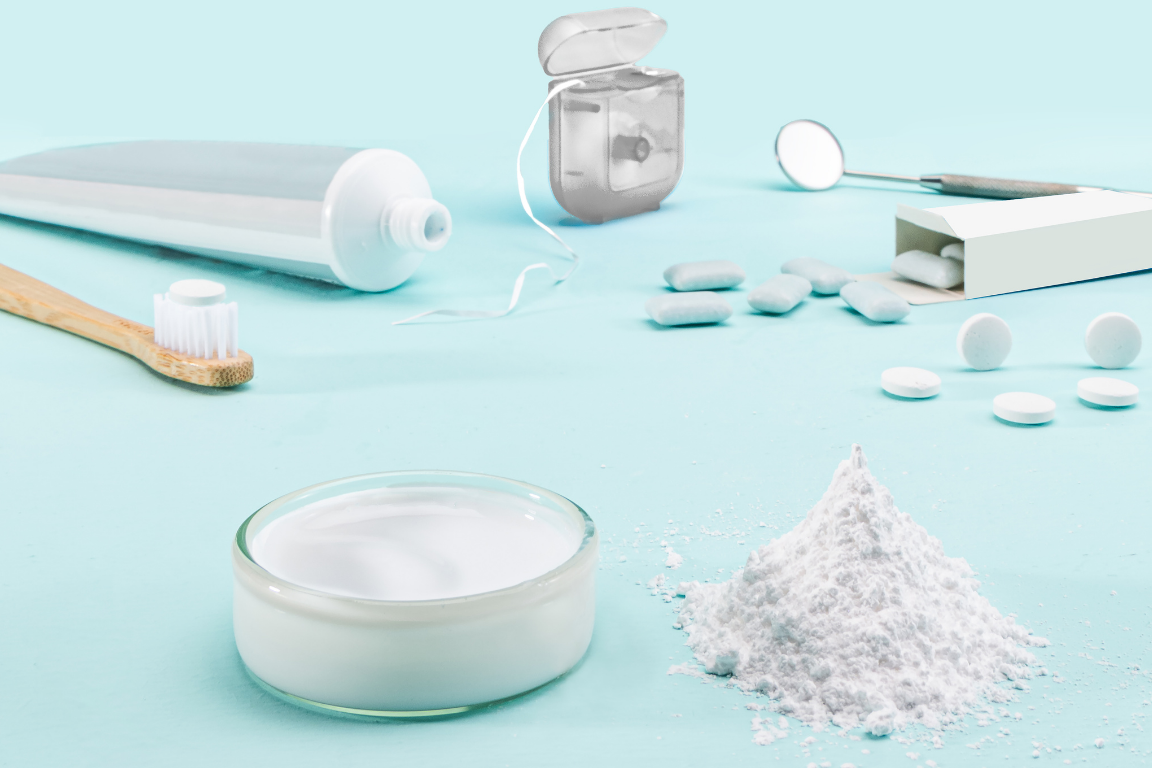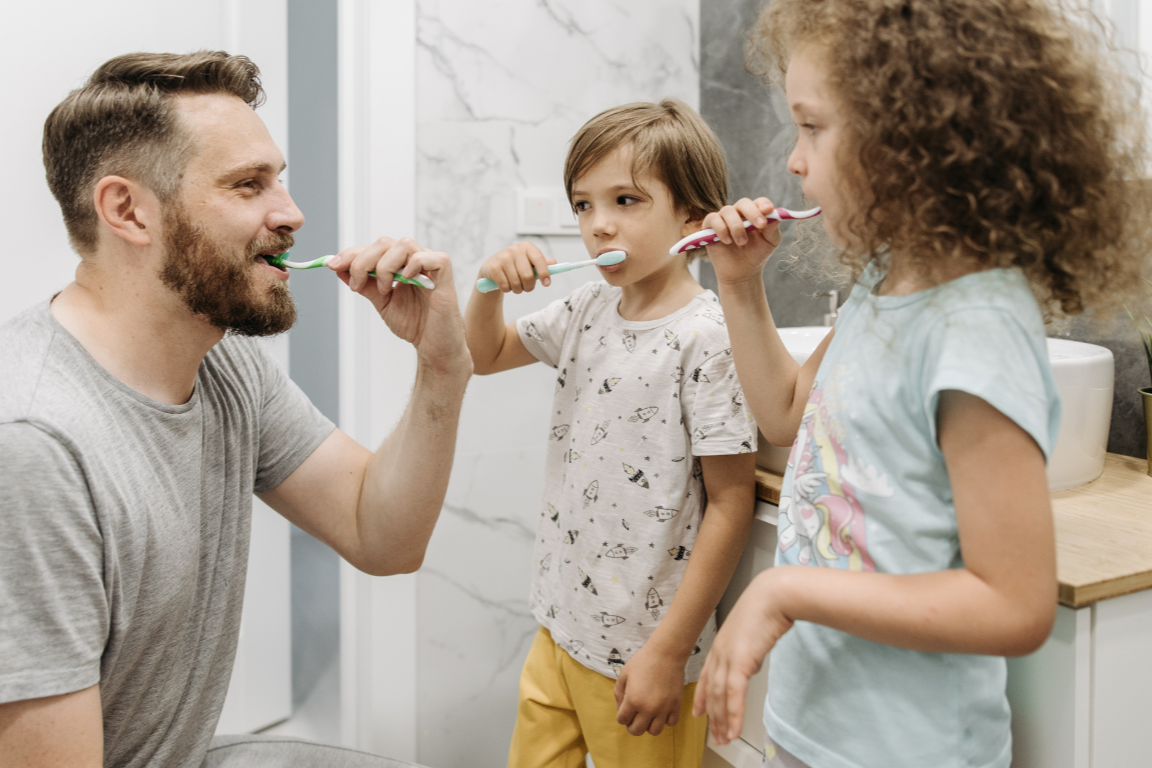Nano-hydroxyapatite, originally developed to mimic the natural structure of tooth enamel, this tiny but mighty compound is reshaping how we think about dental health, from repairing microscopic enamel damage to easing hypersensitivity.
What is nano-HAp and how can it help you?
Nano-HAp is a nano-sized form of hydroxyapatite, a natural calcium phosphate material that makes up the majority of our tooth enamel and bone. Because it mirrors the exact structure of enamel, it can bind directly to the tooth surface, repairing micro-damage and strengthening teeth at a structural level. A new layer is then formed, helping to prevent cavities and enhance surface smoothness, which improves light reflection and results in a brighter smile.
Dental hypersensitivity is a common short and sharp pain that can make it uncomfortable to enjoy hot coffee, ice cream, or even a glass of orange juice. Certain hot, cold, or acidic foods and drinks are considered aggressions to our teeth, resulting in the exposure of dentin tubules and the underlying nerves to the external environment, causing ou dentin to lose its protective covering. To help relieve this sensitivity, nano-hydroxyapatite has become a key ingredient in oral care products.

Why Move Away from Fluoride?
While fluoride has long been a standard in oral care for cavity prevention, it comes with certain limitations and potential risks, especially with overexposure. In contrast, nano-hydroxyapatite offers a safer and more biocompatible alternative. Some of the risks associated with fluoride include:
- Toxic in High Doses: Fluoride becomes toxic if ingested in excess, especially for children. Overexposure can lead to dental fluorosis (white spots or streaks on teeth) and, in severe cases, skeletal fluorosis.
- Limited Repair Ability: While fluoride helps prevent cavities by hardening enamel, it doesn’t actually rebuild or replace lost minerals like nano-HAp does.
- Environmental and Health Concerns: Growing concerns about fluoride's presence in water supplies and potential links to other health issues have led many people to seek alternatives.
The nano-HAp Solution
- True Remineralization: nano-HAp fills in tiny cracks and weak spots in enamel, essentially repairing the tooth’s surface.
- Safe if Swallowed:. Since it’s biocompatible and non-toxic, nano-HAp is safe for all ages, including children and pregnant women.
- Reduces Sensitivity: It seals exposed dentin tubules, providing relief from tooth sensitivity.

Where Is It Used?
Whether in daily-use products or professional dental treatments, nano-hydroxyapatite serves a variety of applications
- Toothpastes, dental floss and mouthwash
- Chewing gum
- Dental varnishes and tooth gels
Safety Always Comes First
While fluoride has played an important role in dental health, it's far from perfect. With concerns about toxicity and limited regenerative properties, more people are turning to nano-HAp as a smarter, safer choice.
Nano-hydroxyapatite is now the future of oral care. If you’d like to learn more, read this article on more about nano-HAp safety!







%20(1).jpg)








